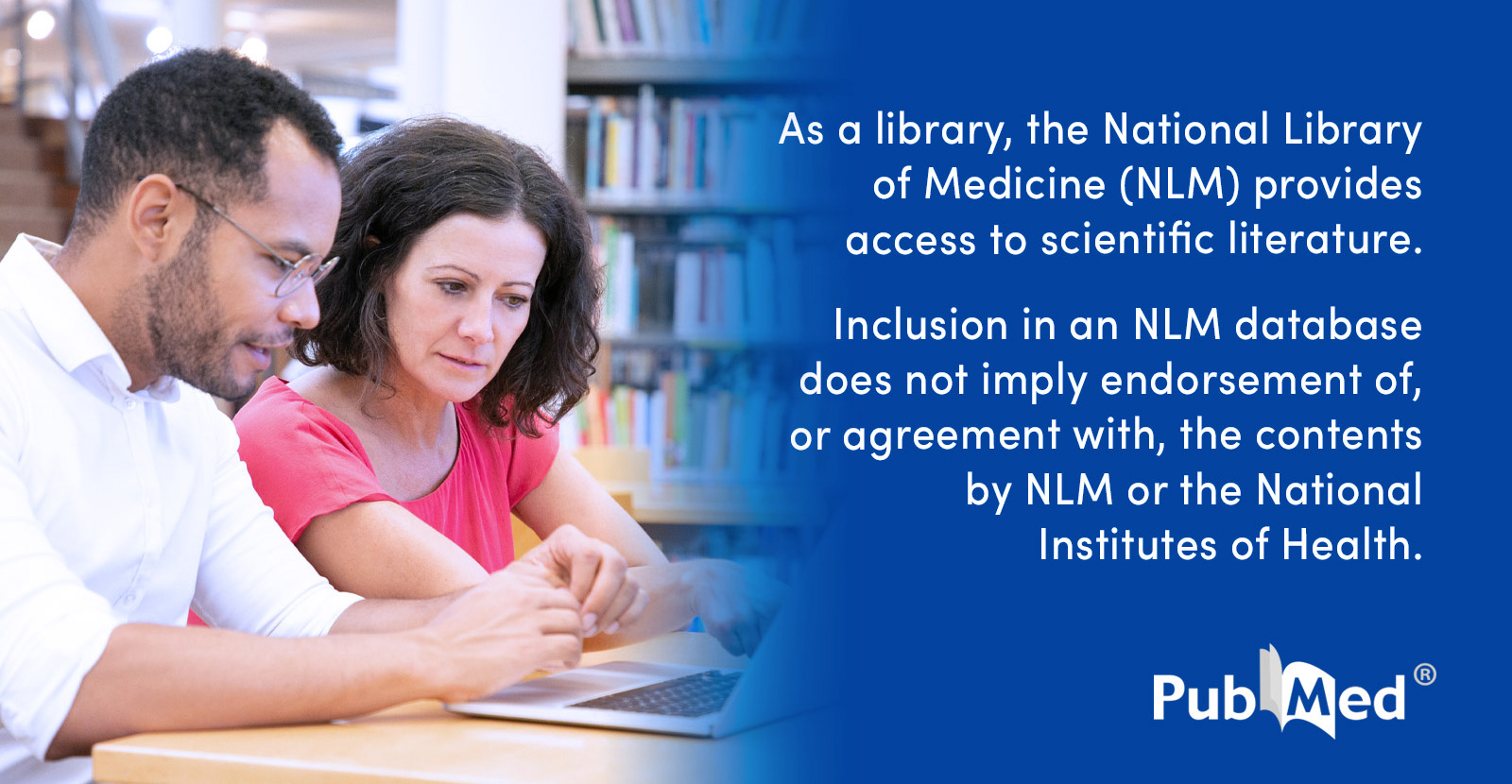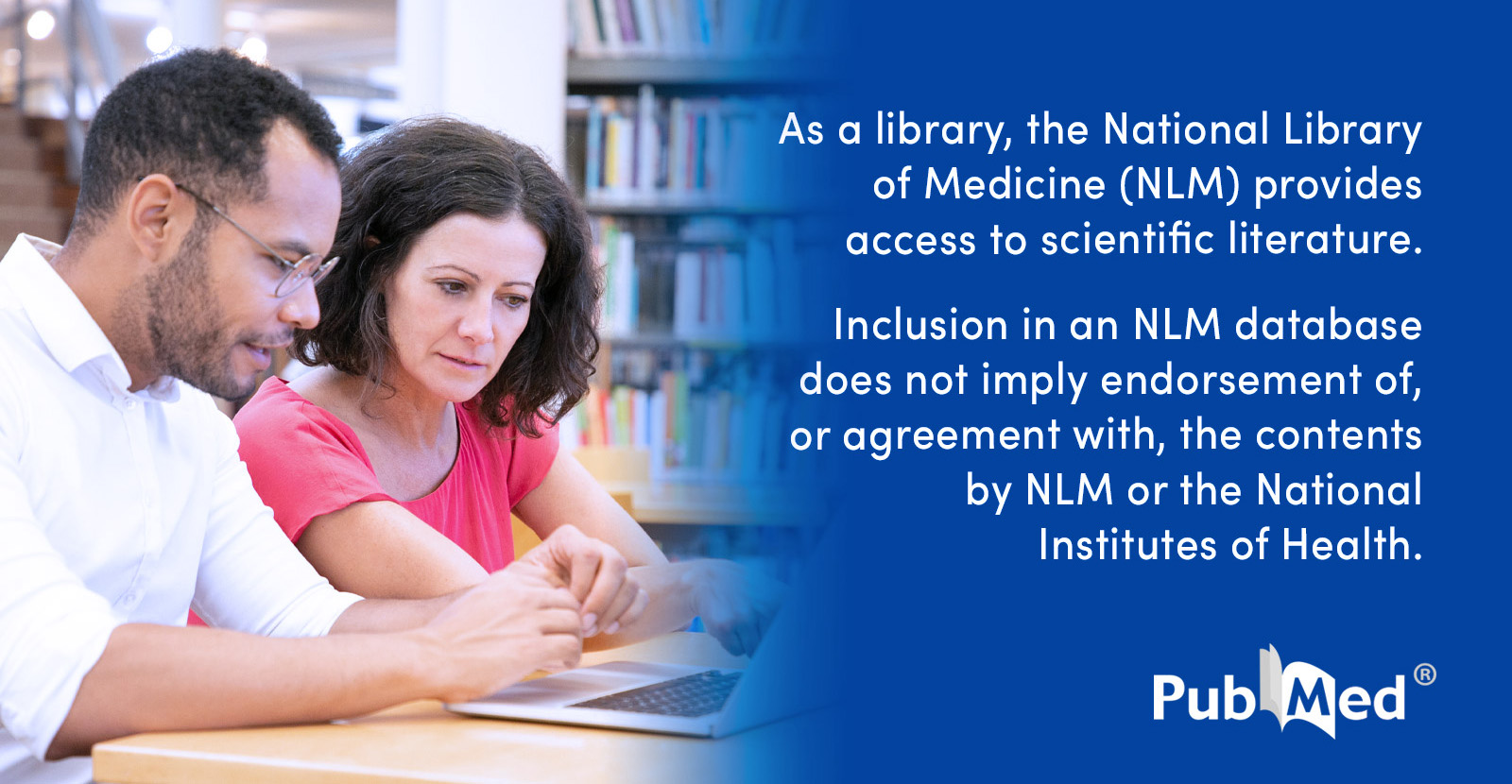
A team of researchers has introduced an advanced method for quantifying the activity of beta-carotene 15,15′-dioxygenase (BCDO1) using reverse-phase high-performance liquid chromatography (RP-HPLC). This enzyme is essential in vitamin A biosynthesis, catalyzing the central cleavage of beta-carotene into two molecules of retinal, a form of vitamin A vital for vision, immune function, and cell growth.
The new technique enhances the sensitivity and specificity of measuring BCDO1 activity compared to traditional assays. By applying RP-HPLC, scientists can now separate and identify reaction products with greater clarity and accuracy. This is particularly important in biomedical research and nutritional sciences, where accurate enzyme quantification is critical for understanding deficiencies, metabolic disorders, and the efficacy of interventions involving provitamin A compounds.
The method involves incubating enzyme preparations with beta-carotene under controlled conditions, followed by extraction and analysis of the products formed. RP-HPLC is then used to quantify retinal and other carotenoid derivatives, allowing researchers to evaluate enzymatic efficiency and activity levels across different sample types, including tissues and recombinant protein systems.
This development is expected to contribute significantly to ongoing studies in vitamin A metabolism and may aid in the design of targeted treatments and dietary recommendations. Further applications of the technique may extend to drug development and the assessment of genetic variants affecting carotenoid metabolism.
Source: https:// – Courtesy of the original publisher.








